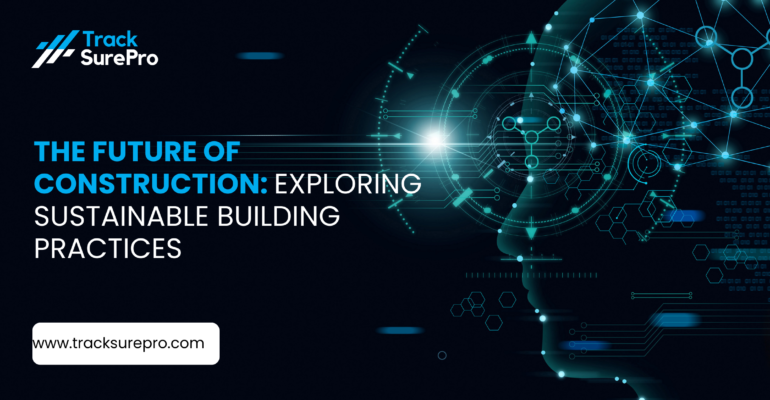The Future of Construction: Exploring Sustainable Building Practices

The Future of Construction: Exploring Sustainable Building Practices
Introduction:
As concerns about environmental sustainability and climate change continue to grow, the construction industry is undergoing a paradigm shift towards more sustainable building practices. In this blog, we will delve into the future of construction and explore innovative approaches to sustainable design, materials, and construction methods that are reshaping the industry landscape.
Understanding Sustainable Construction:
- Definition and Principles: Sustainable construction involves designing, constructing, and operating buildings in a way that minimizes environmental impact, conserves resources, and promotes long-term resilience and efficiency.
- Key Principles: Sustainable construction principles include energy efficiency, use of renewable materials, waste reduction, water conservation, and consideration of lifecycle impacts.
Innovations in Sustainable Building Practices:
- Green Building Certifications: LEED (Leadership in Energy and Environmental Design) and other green building certification programs set standards for sustainable building practices and provide frameworks for assessing and rating the environmental performance of buildings.
- Energy-Efficient Design: Passive design strategies, such as orientation, natural ventilation, daylighting, and thermal insulation, help reduce energy consumption and improve indoor comfort without relying on mechanical systems.
- Renewable Energy Integration: Incorporating renewable energy sources, such as solar panels, wind turbines, and geothermal systems, into building design and operations reduces reliance on fossil fuels and lowers greenhouse gas emissions.
- Circular Economy Principles: Adopting circular economy principles involves designing buildings and infrastructure with materials that can be reused, recycled, or repurposed at the end of their lifecycle, reducing waste and promoting resource efficiency.
- Smart Building Technologies: IoT (Internet of Things) sensors, building automation systems, and data analytics enable real-time monitoring and optimization of building performance, enhancing energy efficiency, occupant comfort, and operational efficiency.
Benefits of Sustainable Construction:
- Environmental Benefits: Sustainable construction reduces carbon footprint, minimizes resource depletion, protects ecosystems, and mitigates climate change impacts, contributing to a healthier planet.
- Economic Benefits: While upfront costs may be higher, sustainable buildings offer long-term savings through reduced energy and water bills, lower maintenance costs, improved occupant productivity, and enhanced property value.
- Social Benefits: Sustainable buildings create healthier, more comfortable indoor environments, improve occupant health and well-being, and foster community resilience and social equity.
TrackSurePro Solution:
TrackSurePro supports sustainable construction practices by providing tools and features that facilitate project planning, materials sourcing, waste management, energy monitoring, and environmental reporting. With TrackSurePro, construction companies can track sustainability metrics, comply with green building standards, and optimize resource use throughout the project lifecycle.
Conclusion:
Sustainable construction is no longer just a trend but a necessity for the future of the built environment. By embracing sustainable building practices, construction companies can reduce environmental impact, enhance economic performance, and create healthier, more resilient communities for generations to come. With innovative technologies like TrackSurePro, the transition to sustainable construction is within reach, offering benefits for both the industry and the planet.

